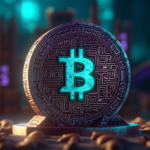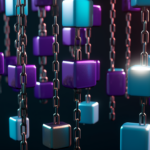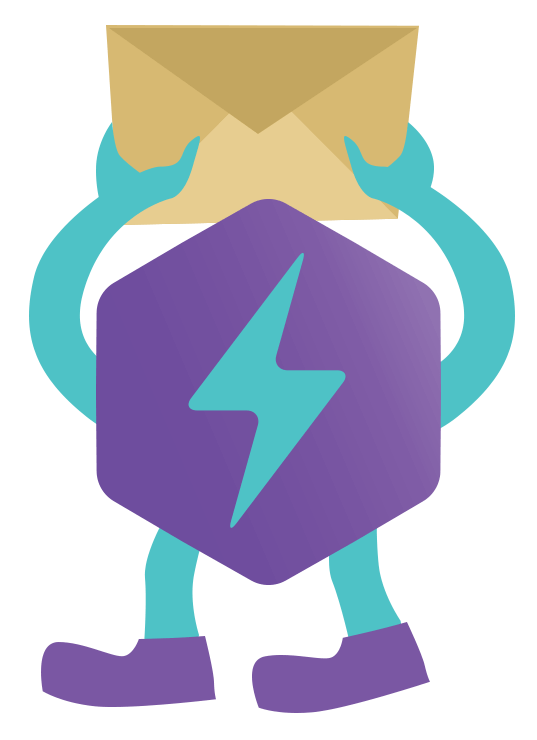Web3 gaming is a relatively new concept that combines blockchain technology with gaming. It has been gaining popularity in recent years as more people become interested in the potential benefits of decentralized gaming. Web3 gaming is a way for players to have more control over their gaming experience and the ability to earn real-world value through in-game assets.
Understanding Web3 gaming requires a basic understanding of blockchain technology. Blockchain is a decentralized ledger that records transactions securely and transparently. This technology is used to create a trustless system where players can buy, sell, and trade in-game assets without the need for a central authority. Web3 gaming also allows for the creation of unique, one-of-a-kind assets that can be owned and traded by players.
Technological foundations of Web3 gaming include blockchain, smart contracts, and decentralized applications (dApps). These technologies enable the creation of a trustless gaming ecosystem where players can interact with each other and the game world in a decentralized way. The use of smart contracts ensures that transactions are secure and transparent, while dApps provide a user-friendly interface for players to interact with the game.
Key Takeaways
- Web3 gaming combines blockchain technology with gaming to create a decentralized gaming ecosystem.
- Players have more control over their gaming experience and can earn real-world value through in-game assets.
- The technological foundations of Web3 gaming include blockchain, smart contracts, and decentralized applications.
Understanding Web3 Gaming
As the world continues to embrace blockchain technology, the gaming industry is not left behind. Web3 gaming is a new concept that is gradually gaining traction in the gaming world. In this section, we will explore what web3 gaming is all about, its impact on gaming, and how it differs from traditional gaming.
Defining Web3 and Its Impact on Gaming
Web3 is the next generation of the internet, where decentralization is the core principle. It is built on blockchain technology, which ensures transparency and immutability. While, Web3 gaming is a form of gaming that utilizes blockchain technology to provide a decentralized gaming experience.
Web3 gaming has a significant impact on the gaming industry. It provides gamers with ownership of their in-game assets, which they can trade or sell as they wish. This ownership gives gamers a sense of control and value, which is not present in traditional gaming. Additionally, web3 gaming eliminates the need for intermediaries, such as game publishers, which results in lower fees and a more transparent gaming experience.
The Evolution from Traditional to Web3 Gaming
Traditional gaming involves centralized game servers, where game developers have complete control over the game. In this model, gamers have no ownership of their in-game assets, and game publishers control the distribution and pricing of the game.
Web3 gaming, on the other hand, is decentralized, where gamers have complete ownership of their in-game assets. The game is hosted on a blockchain, which ensures transparency and immutability. The blockchain also eliminates the need for intermediaries, resulting in lower fees and increased security.
Related: SEGA Singapore Adventures into Web3 Gaming with Finschia
In conclusion, web3 gaming is a new concept that is gradually changing the gaming industry. It provides gamers with ownership of their in-game assets, transparency, and immutability. With the continued adoption of blockchain technology, we expect web3 gaming to become more prevalent in the gaming world.
Technological Foundations
In order to understand the foundations of web3 gaming, it is important to have a basic understanding of the technologies that make it possible. In this section, we will explore the key technological components that enable web3 gaming to exist.
Blockchain and Distributed Ledger Technology
At the heart of web3 gaming is the blockchain, a decentralized ledger that allows for secure and transparent transactions. By using blockchain technology, web3 games can ensure that all transactions are recorded and verified on a public ledger, making it impossible for anyone to cheat or manipulate the system.
Smart Contracts and Decentralized Applications (DApps)
Smart contracts are self-executing contracts that are programmed to automatically execute when certain conditions are met. They are a key component of web3 gaming, allowing for the creation of decentralized applications (DApps) that can run on the blockchain. DApps enable developers to create games that are decentralized, transparent, and secure, with no central point of control.
Infrastructure and Layer 2 Solutions
In order to scale web3 gaming to the masses, it is important to have the right infrastructure in place. This includes layer 2 solutions, which are designed to improve the scalability and performance of blockchain networks. Polygon, for example, is a layer 2 solution that enables fast and low-cost transactions on the Ethereum network.
By leveraging these key technologies, web3 gaming has the potential to revolutionize the gaming industry. With decentralized games that are transparent, secure, and open to anyone, we believe that the future of gaming is bright.
Related: Why Blockchain Is The New Norm In Gaming
Economic Models in Web3 Gaming
In web3 gaming, economic models are a critical component that can make or break a game’s success. In this section, we will explore some of the most popular economic models in web3 gaming, including Play-to-Earn (P2E) Mechanics, In-Game Economies, True Ownership, and Decentralized Autonomous Organizations (DAOs).
Play-to-Earn (P2E) Mechanics
P2E is a relatively new concept in gaming that has gained popularity in web3 gaming. In P2E games, players can earn cryptocurrencies or tokens by playing the game, completing tasks, or achieving certain milestones. These tokens can then be traded on exchanges or used to purchase in-game items, providing players with a new way to earn money while gaming.
In-Game Economies and True Ownership
In-game economies and true ownership are two concepts that go hand in hand in web3 gaming. In traditional gaming, players do not truly own the items they acquire in the game. However, in web3 gaming, players can truly own the items they acquire, thanks to the use of blockchain technology. This means that players can trade, sell, or even rent out their in-game items, creating a new economy within the game.
Decentralized Autonomous Organizations (DAOs) and Gaming
DAOs are decentralized organizations that are run by smart contracts on a blockchain. In web3 gaming, DAOs can be used to govern the game, allowing players to have a say in the development and direction of the game. DAOs can also be used to distribute rewards and manage the in-game economy, creating a truly decentralized gaming experience.
In conclusion, economic models are a critical component of web3 gaming, and developers need to carefully consider which models to use in their games. P2E mechanics, in-game economies and true ownership, and DAOs are just a few examples of the economic models available in web3 gaming, and each has its own unique benefits and drawbacks. By understanding these models, developers can create engaging and successful web3 games that provide players with a truly unique gaming experience.
Gaming Ecosystem and Assets
As the web3 gaming industry continues to grow, the ecosystem surrounding it has become increasingly complex. In this section, we will explore some of the key components of the gaming ecosystem and assets that are driving this growth.
Non-Fungible Tokens (NFTs) and In-Game Items
Non-fungible tokens (NFTs) have become a popular way for gamers to buy and sell in-game items. NFTs are unique digital assets that are stored on a blockchain, making them tamper-proof and easily transferable. This means that gamers can truly own their in-game items and can even sell them on secondary marketplaces.
In-game items can range from weapons and armor to virtual real estate. With NFTs, gamers can collect and trade these items just like they would with physical items. This has created a new market for rare and valuable in-game items, which can fetch high prices on secondary marketplaces.
Related: The Future of NFTs in Gaming: Roblox CEO’s Ambitious Vision
Trading and Marketplaces
Trading and marketplaces are an integral part of the gaming ecosystem. With the rise of NFTs, gamers can now buy and sell in-game items on secondary marketplaces. These marketplaces are often decentralized, meaning that there is no central authority controlling the buying and selling of items.
This has created a more open and transparent market for in-game items, which benefits both gamers and developers. Gamers can easily buy and sell items, while developers can earn a percentage of the sales.
Ownership and Interoperability of Virtual Items
One of the key benefits of NFTs is that they allow for true ownership of virtual items. This means that gamers can truly own their in-game items and can even transfer them between different games.
Interoperability of virtual items is another important aspect of the gaming ecosystem. With interoperability, gamers can use their in-game items across different games and platforms. This creates a more seamless experience for gamers and can also help to drive adoption of new games and platforms.
In conclusion, the gaming ecosystem and assets are becoming increasingly complex as the web3 gaming industry continues to grow. NFTs, trading and marketplaces, and ownership and interoperability of virtual items are all key components of this ecosystem. As the industry continues to evolve, we can expect to see new innovations and technologies that further enhance the gaming experience.
Community and Social Aspects
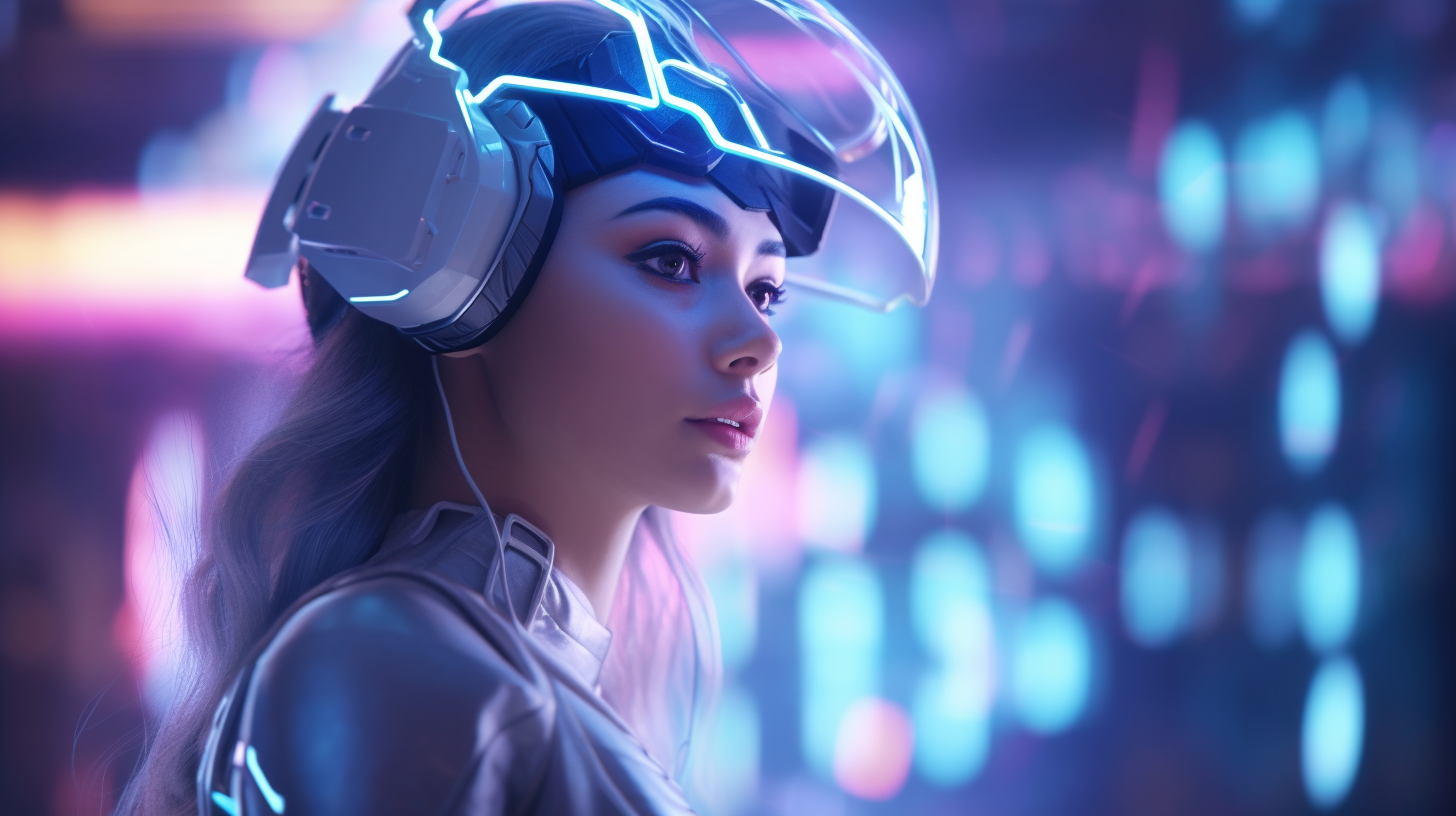 In web3 gaming, community and social aspects play a crucial role in shaping the gaming experience. In this section, we will explore the different ways in which community and social interactions contribute to the democratization and player-driven economies of web3 games.
In web3 gaming, community and social aspects play a crucial role in shaping the gaming experience. In this section, we will explore the different ways in which community and social interactions contribute to the democratization and player-driven economies of web3 games.
Player-Driven Economies and Democratization
One of the most significant advantages of web3 gaming is the creation of player-driven economies. In web3 games, players can own and trade in-game assets, which can be exchanged for cryptocurrencies. This allows players to have real ownership over their in-game assets, and the ability to control the economy of the game.
This player-driven economy also leads to democratization, where players have a say in the development and direction of the game. This is achieved through governance systems, such as DAOs, where players can vote on proposals and decisions that affect the game.
Related: Sega’s Shuji Utsumi on NFTs and Blockchain Gaming
Community Engagement and DAOs
DAOs or Decentralized Autonomous Organizations are community-driven governance systems that allow players to have a say in the development of the game. This includes decisions on game mechanics, asset creation, and even the direction of the game. DAOs allow for a more democratic approach to game development, where players have a direct say in the direction of the game.
Community engagement is also a crucial aspect of web3 gaming, as it allows players to connect with each other and form a sense of community. This is achieved through different social platforms, such as Discord, where players can chat, share tips, and even create their own in-game guilds.
The Role of Social Interactions in Web3 Games
Social interactions play a significant role in web3 gaming, as it allows players to connect and collaborate with each other. This includes forming alliances, trading in-game assets, and even competing against each other. Social interactions also contribute to the development of the game, as players can share their feedback and suggestions with the developers.
In conclusion, community and social interactions play a crucial role in web3 gaming. It allows for a more democratic approach to game development, where players have a direct say in the direction of the game. It also contributes to the development of player-driven economies, where players have real ownership over their in-game assets. Finally, social interactions allow players to connect and collaborate with each other, forming a sense of community that is unique to web3 gaming.
Key Challenges and Solutions
As we move towards Web3 gaming, there are several key challenges that need to be addressed to ensure a seamless experience for players. In this section, we will discuss some of the most pressing challenges and their potential solutions.
Scalability and Performance Issues
One of the biggest challenges facing Web3 gaming is scalability. As more players join the network, the demand for resources increases, which can lead to slow transaction times and high gas fees. To address this issue, we need to explore new technologies such as sharding, layer-2 solutions, and off-chain scaling.
Sharding involves breaking the blockchain into smaller, more manageable pieces, which can process transactions in parallel, increasing the network’s throughput. Layer-2 solutions, such as state channels, enable off-chain transactions, reducing the number of transactions that need to be processed on the main chain. Off-chain scaling solutions like Plasma and Rollups can also help to increase the network’s throughput.
Security Concerns and Solutions
Security is another major concern in Web3 gaming. With the rise of decentralized applications, hackers have more opportunities to exploit vulnerabilities in the system. To address this issue, we need to implement robust security protocols and best practices.
One solution is to use smart contracts that are audited and tested thoroughly before deployment. Additionally, we can use multi-signature wallets to ensure that no single entity can access the funds. We can also implement decentralized identity protocols to ensure that users are who they claim to be.
User Adoption and Experience
One of the biggest challenges facing Web3 gaming is user adoption. Many people are still unfamiliar with blockchain technology, and the user experience can be daunting. To address this issue, we need to focus on creating user-friendly interfaces and experiences that are intuitive and easy to use.
One solution is to create Web3 gaming platforms that are similar to traditional gaming platforms, with familiar interfaces and game mechanics. We can also create tutorials and guides that explain how to use the platform and interact with the blockchain. Additionally, we can incentivize users to participate in the ecosystem by offering rewards and other incentives.
Overall, there are several key challenges facing Web3 gaming, but with the right solutions and strategies, we can overcome them and create a vibrant and thriving ecosystem.
Related: Swipe into Web3: How NFTpay is Revolutionizing Access with Credit Cards
The Future of Web3 Gaming
As the world of gaming continues to evolve, it’s no surprise that the integration of blockchain technology and the metaverse is becoming increasingly prevalent. In this section, we will explore the emerging trends in blockchain gaming, the integration with the metaverse, and some of the latest innovations and predictions.
Emerging Trends in Blockchain Gaming
Blockchain gaming is rapidly gaining popularity, and for good reason. It offers a level of transparency and immutability that traditional gaming simply cannot match. Players can truly own their in-game assets and even earn cryptocurrency by playing. This has led to the emergence of a new genre of gaming known as “GameFi,” which combines gaming and decentralized finance.
The rise of blockchain gaming has also led to the development of new business models, such as play-to-earn and non-fungible tokens (NFTs). Play-to-earn games allow players to earn cryptocurrency by completing in-game tasks, while NFTs enable players to truly own their in-game assets and even sell them for real money.
Integration with the Metaverse
The metaverse is a virtual world where users can interact with each other and digital objects in a shared space. With the integration of blockchain technology, the metaverse is becoming even more immersive and interactive. Players can truly own their virtual assets and even trade them with other players.
The integration of blockchain technology also allows for cross-game compatibility, meaning that players can use their assets in multiple games within the metaverse. This creates a seamless experience for players and opens up new opportunities for game developers.
Innovations and Predictions
As blockchain gaming and the metaverse continue to evolve, we can expect to see even more innovative technologies and business models emerge. One area of interest is the use of virtual reality (VR) and augmented reality (AR) in gaming, which could take the immersive experience to a whole new level.
We can also expect to see more partnerships between game developers and blockchain companies, as well as increased adoption of blockchain technology in the gaming industry as a whole. With the potential for true ownership of in-game assets and the ability to earn cryptocurrency by playing, blockchain gaming is poised to revolutionize the gaming industry in the coming years.
Case Studies and Industry Players
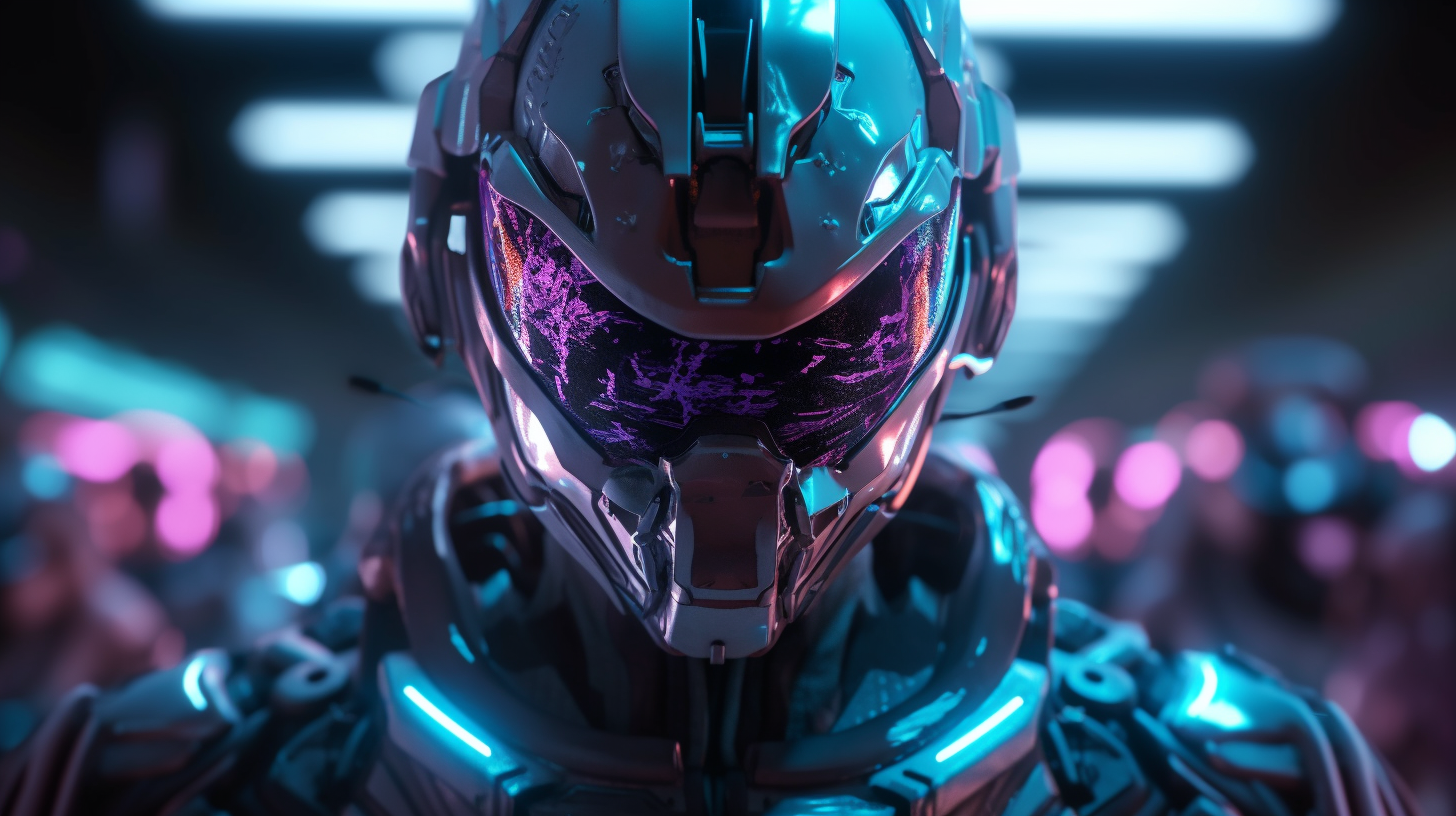
Success Stories: Axie Infinity and CryptoKitties
When it comes to web3 gaming, Axie Infinity and CryptoKitties are two names that come up time and time again. Axie Infinity, a blockchain-based game that allows players to collect, breed, and battle creatures called Axies, has gained a lot of attention in recent years. The game has over 1 million daily active users and has generated over $2 billion in revenue since its launch in 2018. Similarly, CryptoKitties, a game that allows players to collect, breed, and trade digital cats, gained a lot of attention in 2017 when it clogged up the Ethereum network. The game has since been sold to a Chinese blockchain company, and while it may not be as popular as it once was, it is still considered a pioneering example of web3 gaming.
Major Companies and Startups in the Space
There are many major companies and startups that are exploring the potential of web3 gaming. Ubisoft, a French video game company, has been experimenting with blockchain technology and recently launched a blockchain-based game called HashCraft. Animoca Brands, a Hong Kong-based mobile game developer, has also been exploring the potential of blockchain technology and has launched several blockchain-based games, including The Sandbox and F1 Delta Time. Other startups in the space include Gala Games, which is building a decentralized gaming platform, and Immutable, which is building a blockchain infrastructure for gaming.
Related: From FarmVille to Sugartown: Zynga’s Exciting Journey into Blockchain Gaming
Impact of Tech Giants like Ubisoft and Animoca Brands
The entry of major companies like Ubisoft and Animoca Brands into the web3 gaming space is a clear indication of the potential of this new form of gaming. These companies bring with them years of experience in the gaming industry and the resources to build high-quality games that can attract a large user base. Their entry into the space is also likely to attract more attention from investors and could lead to further innovation and growth in the industry. However, it is important to note that the entry of these tech giants could also lead to centralization and the loss of some of the key features that make web3 gaming unique, such as decentralization and player ownership.
Related: Rocket League Uproar Is a Rallying Cry for NFTs in Gaming
Regulatory and Ethical Considerations
As web3 gaming continues to gain popularity, there are several regulatory and ethical considerations that must be taken into account. In this section, we will discuss some of the key issues that arise in the context of decentralized gaming.
Legal Framework and Taxation
One of the main challenges facing web3 gaming is the lack of a clear legal framework. While some jurisdictions have begun to develop regulations for blockchain-based games, many others have yet to do so. This creates uncertainty for game developers and players alike, as they may not know what is allowed or prohibited under the law.
In addition, taxation is another issue that must be considered. As with any other form of income, players may be required to pay taxes on their winnings. However, the decentralized nature of web3 gaming makes it difficult for tax authorities to track and enforce these requirements.
Transparency and Customer Experience
Transparency is a key concern in web3 gaming. Players want to know that the games they are playing are fair and that their personal information is being protected. Blockchain technology can help to ensure transparency by providing a tamper-proof record of all transactions.
Customer experience is another important consideration. Web3 gaming platforms must be user-friendly and provide a seamless experience for players. This includes ensuring that games load quickly and that players can easily deposit and withdraw funds.
Ethical Implications of Decentralized Gaming
Finally, there are ethical implications to consider. Decentralized gaming can be empowering for players, as it allows them to have greater control over their gaming experience. However, it also raises questions about the role of centralized authorities in regulating gaming and ensuring consumer protection.
Overall, it is important for web3 gaming platforms to prioritize regulatory compliance, transparency, and ethical considerations. By doing so, they can help to build trust with players and ensure the long-term viability of the industry.
Frequently Asked Questions
How does blockchain technology enhance gaming experiences?
Blockchain technology enhances gaming experiences by providing a transparent and secure environment for players. With blockchain, players can verify ownership of in-game assets, and transactions can be conducted without the need for intermediaries. This technology also enables the creation of unique, non-fungible tokens (NFTs) that can represent rare or valuable in-game items.
What are the top Web3 gaming platforms currently available?
Some of the top Web3 gaming platforms currently available include Axie Infinity, Pixels, The Sandbox, Decentraland, Big Time, and Gods Unchained. These platforms use blockchain technology to create unique gaming experiences that allow players to truly own their in-game assets.
Which cryptocurrencies are most commonly used in Web3 gaming?
Ethereum (ETH) is the most commonly used cryptocurrency in Web3 gaming. Other popular cryptocurrencies include Binance Coin (BNB) and Ronin (RON).
What are the latest trends in Web3 gaming development?
The latest trends in Web3 gaming development are mainly focused on creating a sustainable gaming economy while developers are also exploring the use of blockchain technology to create new gaming mechanics and reward systems.
How can players ensure the security of their assets in Web3 games?
Players can ensure the security of their assets in Web3 games by using secure wallets and following best practices for securing their private keys. It is also important to only use reputable platforms and to be cautious of scams and phishing attempts.
What are the potential benefits of decentralized gaming for developers?
Decentralized gaming allows developers to create games that are truly owned by the players. This can lead to increased player engagement, as players have a vested interest in the success of the game. Decentralized gaming also allows developers to create new revenue streams through the sale of in-game assets and the use of blockchain-based advertising.
Suggested for you: Unlocking the Full Potential of NFTs with NFTpay






